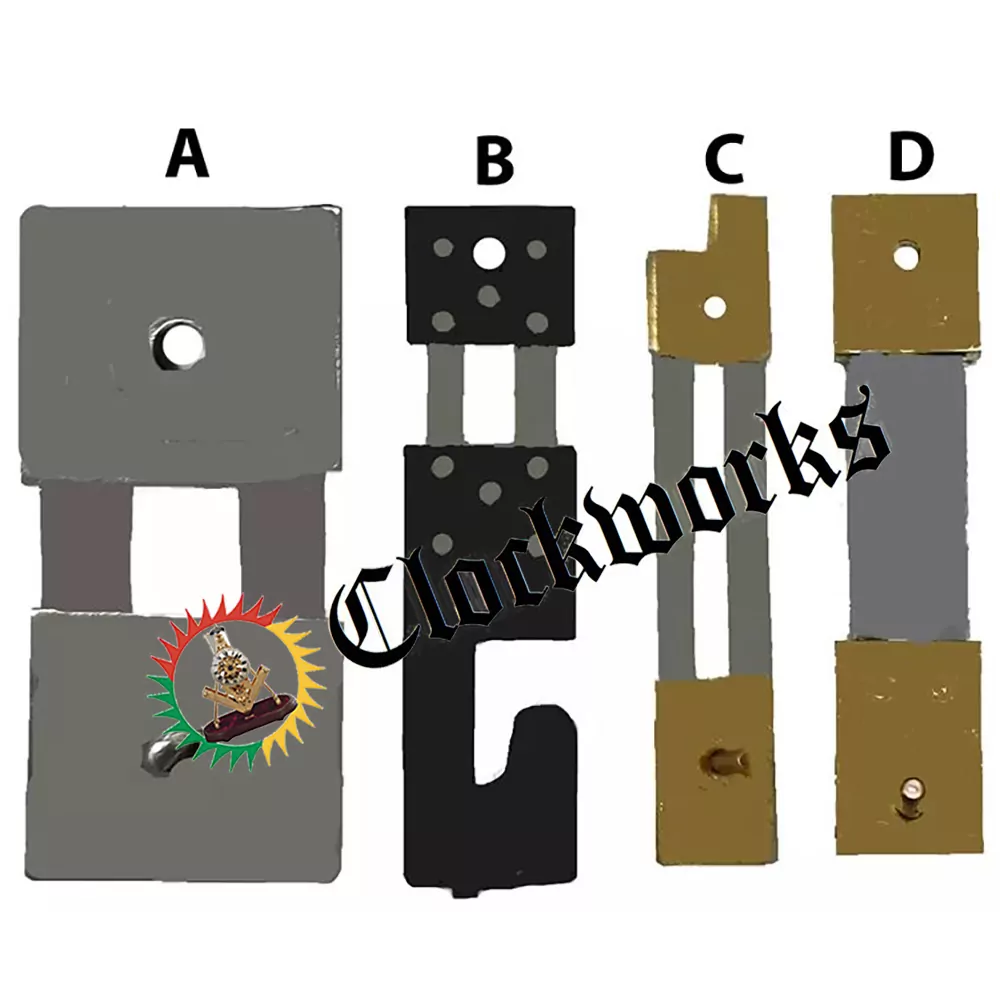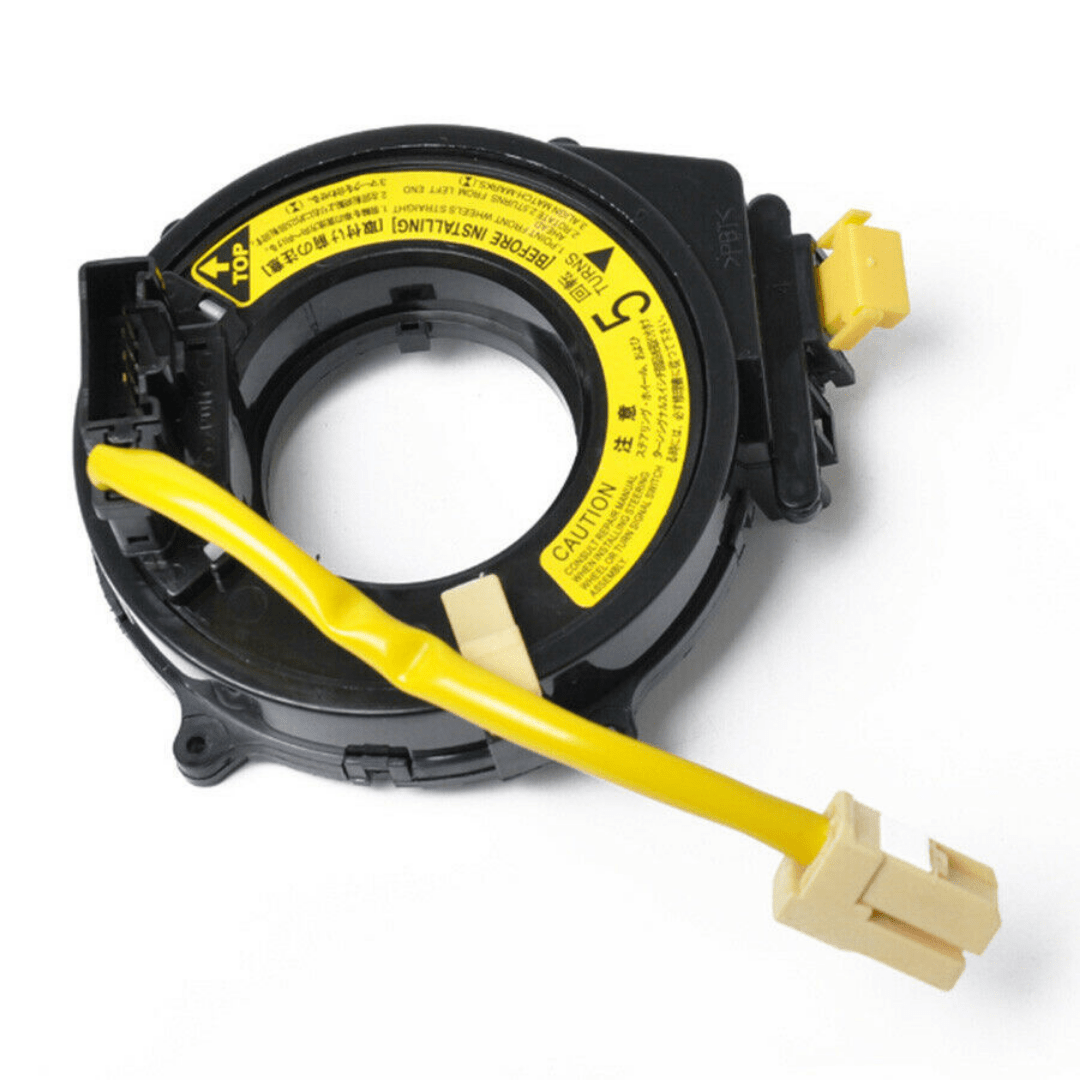Timepiece Terminology

Reloj letra peso pluma – Understanding the anatomy of a watch and the materials used in its construction is essential for watch enthusiasts and collectors alike. This guide will provide a comprehensive overview of the different parts of a watch, the materials used in watchmaking, and a glossary of common watch terms.
Parts of a Watch
The main components of a watch include:
- Case: The outer housing that protects the watch’s internal components. It can be made from various materials such as stainless steel, titanium, or precious metals.
- Crystal: The transparent cover that protects the dial and hands. It can be made from materials such as sapphire crystal, mineral glass, or acrylic.
- Dial: The face of the watch that displays the time and other information. It can be designed with various styles and finishes.
- Hands: The pointers that indicate the time. They can be made from materials such as steel, gold, or blued steel.
- Movement: The mechanical or electronic mechanism that powers the watch and keeps time. It can be either mechanical (automatic or manual) or quartz.
- Crown: The knob used to adjust the time and date. It can be located at different positions on the case.
- Bezel: The rotating ring around the crystal that can be used for various purposes, such as timing or navigation.
- Bracelet or Strap: The band that attaches the watch to the wrist. It can be made from materials such as leather, metal, or rubber.
Featherweight Watch Design: Reloj Letra Peso Pluma
The history of featherweight watches can be traced back to the early 1900s, when watchmakers began experimenting with new materials and designs to create timepieces that were both lightweight and durable. The first featherweight watches were made from aluminum and other lightweight metals, and they quickly became popular with pilots and other professionals who needed a watch that was both reliable and easy to wear.
Today, featherweight watches are made from a variety of materials, including titanium, carbon fiber, and ceramic. These materials are all extremely lightweight and durable, and they allow watchmakers to create watches that are both stylish and functional.
Advantages of Featherweight Watches
- Lightweight and comfortable to wear
- Durable and resistant to damage
- Stylish and modern
Disadvantages of Featherweight Watches
- Can be more expensive than traditional watches
- May not be as water-resistant as traditional watches
- Can be more difficult to repair
Key Design Elements of Featherweight Watches
- Use of lightweight materials
- Slim profile
- Minimalist design
Notable Featherweight Watch Models

Featherweight watches have gained popularity due to their comfort and versatility. Here are some notable models:
These watches offer a combination of style, functionality, and affordability, making them a great choice for those seeking a lightweight timepiece.
Popular Featherweight Watch Models, Reloj letra peso pluma
| Brand | Model | Weight (g) | Features | Price (USD) |
|---|---|---|---|---|
| Seiko | Presage Cocktail Time | 77 | Automatic movement, sapphire crystal, leather strap | 450-600 |
| Casio | Oceanus T200 | 65 | Solar-powered, titanium case, sapphire crystal | 400-550 |
| Citizen | Eco-Drive One | 58 | Light-powered, titanium case, sapphire crystal | 350-450 |
| Tissot | T-Classic Le Locle | 85 | Automatic movement, sapphire crystal, leather strap | 400-600 |
| Longines | Master Collection | 95 | Automatic movement, sapphire crystal, leather strap | 1,000-1,500 |